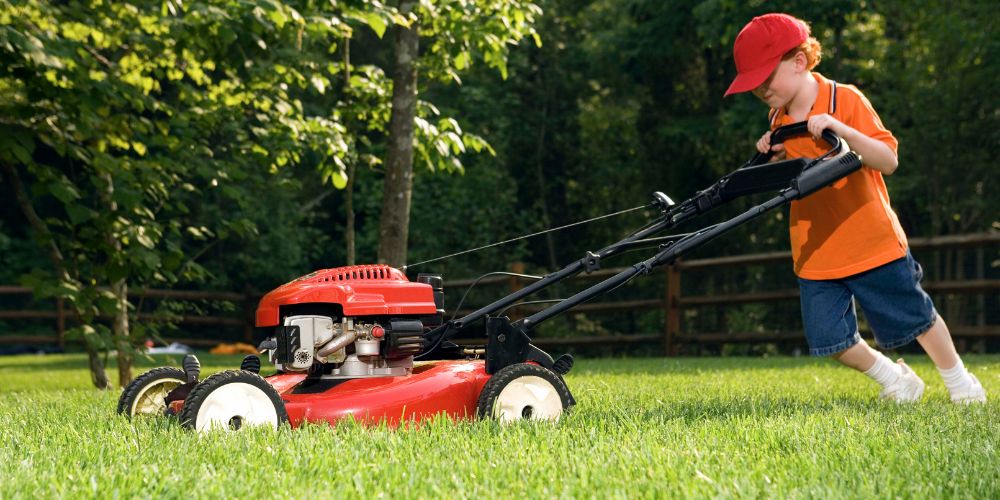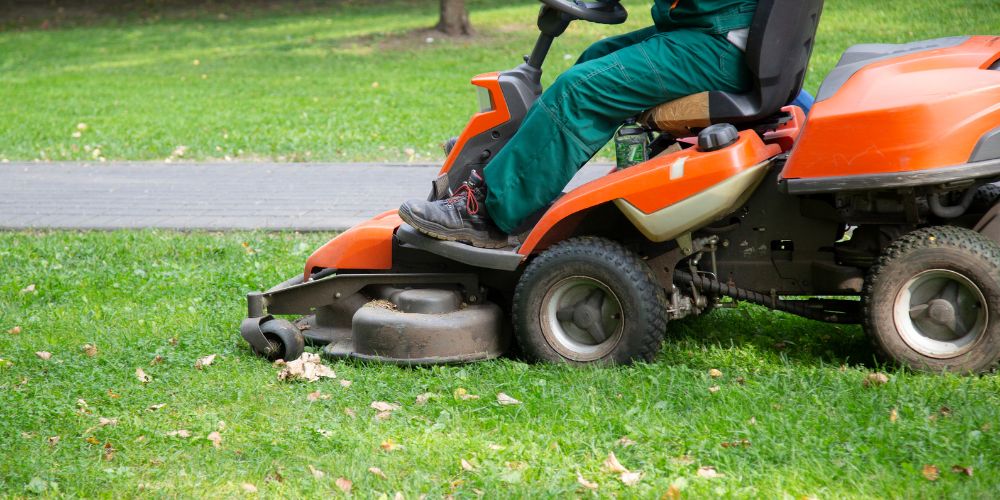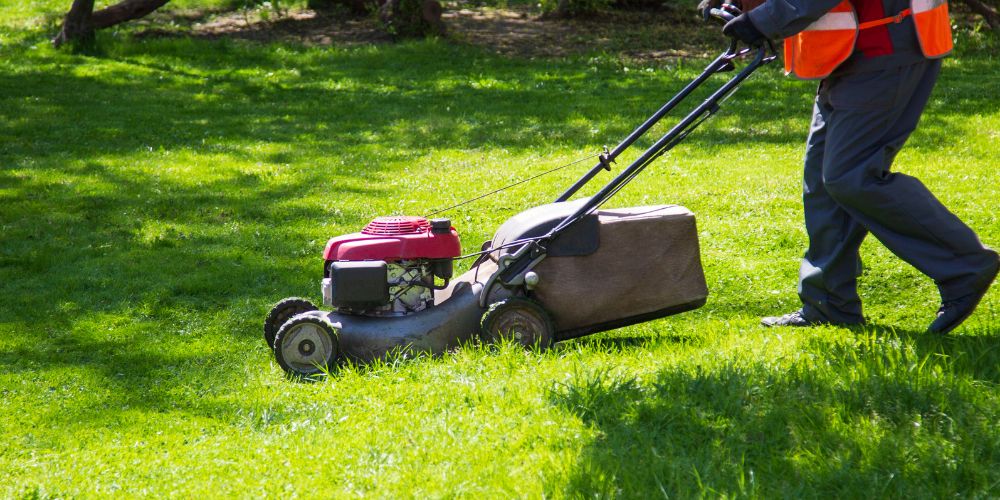Overview
Mowing your lawn is an important job that may have an impact on its general health and attractiveness. Knowing how to mow your lawn properly will help minimize harm and encourage healthy growth.
When mowing your lawn, consider the height of the grass, the frequency of mowing, the type of mower utilized, and the direction of mowing. It’s critical to select the correct mower for your lawn, keep the blades sharp, and avoid mowing the grass too short.
How to Mow Your Lawn
Height of Grass
The height of your lawn is critical to its health. Too short a cut can harm the roots and make it difficult for the grass to absorb nutrients and water. Allowing the grass to grow too long, on the other hand, might make it difficult to mow and raise the danger of pests and illnesses. Most lawns should be between 2.5 and 3.5 inches tall. Adjust the cutting height of your mower appropriately.

Frequency of Mowing
The frequency with which you should mow your lawn is determined by the pace of growth and the season. You may need to mow once a week or more regularly throughout the growth season. You can lessen the frequency during the cooler months. Allowing your grass to grow too long between mowings can create stress and weakening.
Type of Mower Used
Mowers come in a variety of styles, including push mowers, self-propelled mowers, and riding mowers. The type of mower you select will be determined by the size of your lawn as well as your personal preferences.
Push mowers work well on small lawns, while self-propelled and riding mowers work well on bigger lawns. Consider each type of mower’s qualities, such as cutting width, engine power, and simplicity of operation.
Direction of Mowing
The direction in which you mow your lawn might have an impact on its look and health. Mowing in a different direction can assist prevent the grass from creating a pattern and encourage it to grow upright. Mowing in the same way every time might encourage the grass to lean in that direction, making it more difficult to mow.
Choosing the Right Mower
Consider the size of your lawn, the type of grass you have, and your budget when selecting a mower. Look for a mower that has an adjustable cutting height, a big grass bag or mulching capability, and is easy to manage. Take into account the warranty and maintenance requirements.
Maintaining Mower Blades
Sharpening your mower blades is essential for producing a clean cut and avoiding grass damage. Dull blades can shred the grass, exposing it to disease and parasites. Sharpen the blades once a year, or more frequently as needed. Replace any broken or worn blades.
Avoiding Cutting Grass Too Short
Too short a cut can harm the roots and make it difficult for the grass to absorb nutrients and water. It may also expose the soil to sunlight, allowing weeds to flourish. To avoid mowing the grass too short, adjust the cutting height of your mower.
Cleaning up Debris after Mowing
Clean up any debris left behind after mowing your lawn, such as grass clippings, leaves, and twigs. This can assist to avoid thatch formation and encourage healthy growth. Remove debris using a rake or leaf blower and dispose of it properly. Avoid leaving rubbish on the lawn since it might produce an uneven surface and harm the grass.
FAQs
1. How often should I mow my lawn?
Mowing frequency is determined by the season and the pace of growth. You may need to mow once a week or more regularly throughout the growth season. You can lessen the frequency during the cooler months. Allowing your grass to grow too long between mowings can create stress and weakening.

2. What is the ideal height for my grass?
Most lawns should be between 2.5 and 3.5 inches tall. Too short a cut can harm the roots and make it difficult for the grass to absorb nutrients and water. Allowing the grass to grow too long can make mowing more difficult and raise the danger of pests and illnesses.
3. How do I choose the right mower for my lawn?
Consider the size of your lawn, the type of grass you have, and your budget when selecting a mower. Look for a mower that has an adjustable cutting height, a big grass bag or mulching capability, and is easy to manage. Take into account the warranty and maintenance requirements.
Conclusion
We spoke about the most crucial elements to consider when mowing your grass. Knowing how to mow your grass properly will help minimize harm and encourage healthy growth.
We talked about grass height, mowing frequency, mower type, mowing direction, selecting the correct mower, maintaining mower blades, avoiding cutting grass too short, and cleaning up trash after mowing.



